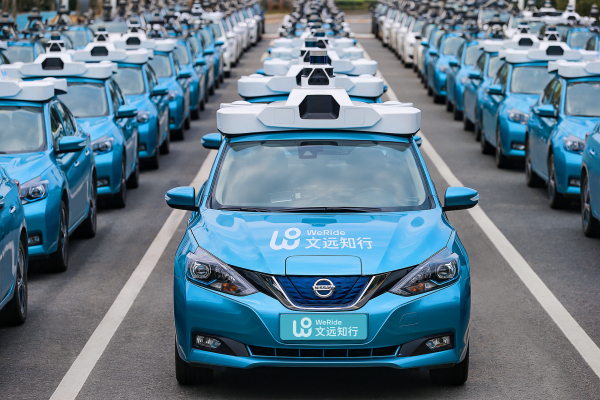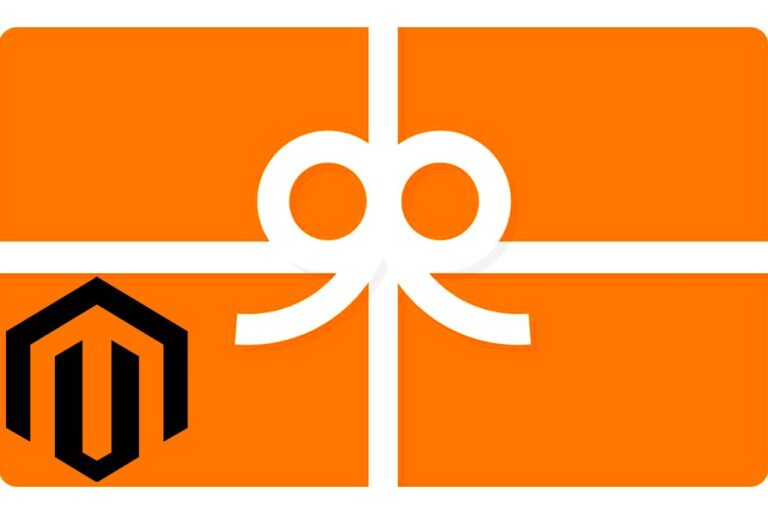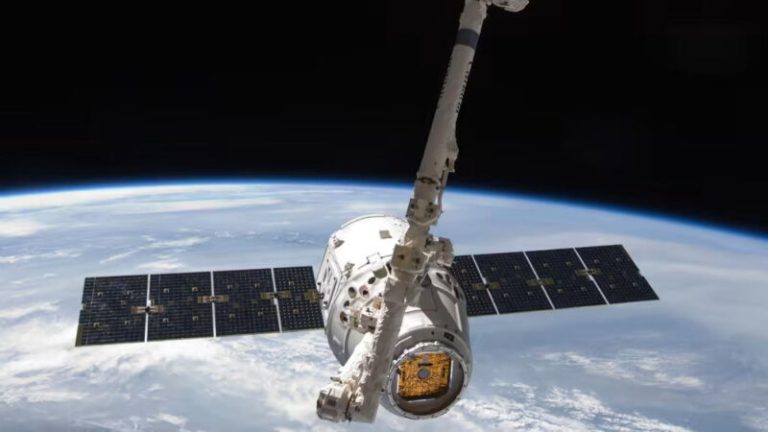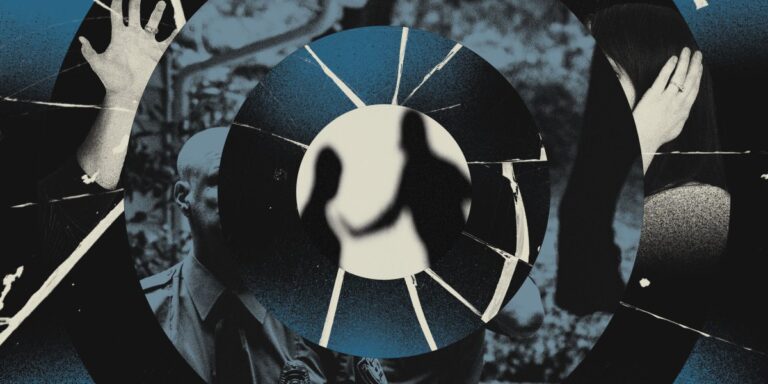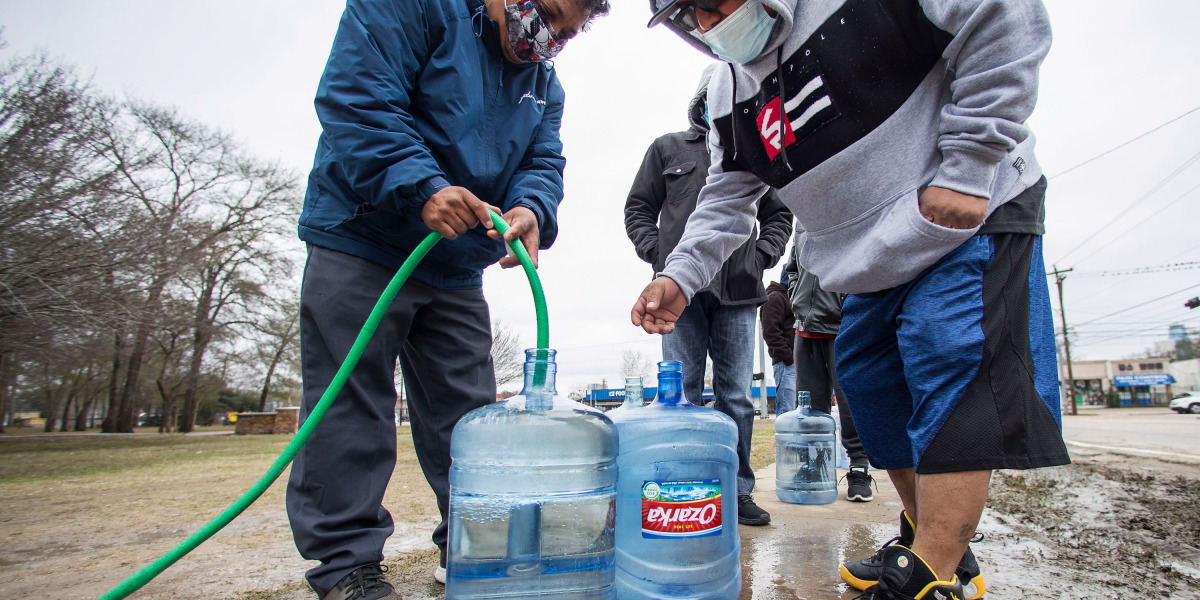
Mutual aid is not a new concept, long flourishing in marginalized communities. But a year of pandemic-induced crises has trained such groups to react quickly: they know that the first place people will turn in a crisis is the internet.
Mellissa Martinez, a 24-year-old student based in Houston, was without electricity or internet access for 72 hours. But during spurts of Wi-Fi availability, she was able to cobble together the TX Mutual Aid Directory, which lists shelter locations, food pantries, and requests for supplies. Martinez, a member of the Sunrise Movement, a political action committee aimed at fighting climate change, says much of the groundwork for the document was done in January after the Capitol Hill insurrection. “We were showing we need to take care of each other,” she says.
“I have just been updating it whenever I could get any signal at all,” Martinez managed to tell me, before her signal dropped again. When she called back she added, “That’s all I did for 72 hours: just nonstop staring at the page and refreshing it. People needed us to scramble and shoot out the directory.”
Christina Tan, a 22-year-old with Mutual Aid Houston, says the group coordinated within hours. “We knew we had to activate quickly to help folks who were trapped in cold apartments or houses with no way of driving on icy roads,” she says. “We also knew that a lot of folks would be in need of help with electricity bills, burst pipes, medical assistance, and more.”
Mutual Aid Houston has a reliable social media plan that it enacted immediately. “Twitter is appealing since it allows us to update folks live with resources such as restaurants donating food or locations to pick up water; it also lets us talk to people one-to-one through DMs and quickly identify people in need,” says Tan. “Instagram is for visuals, which is useful when directing folks places, and especially for raising money … We primarily use Venmo and Cash App to distribute money directly back to people, although we are exploring ways to reach people without bank accounts or without digital banking.” Tan says the nine-person volunteer team is collaborating constantly on Slack and Zoom.


